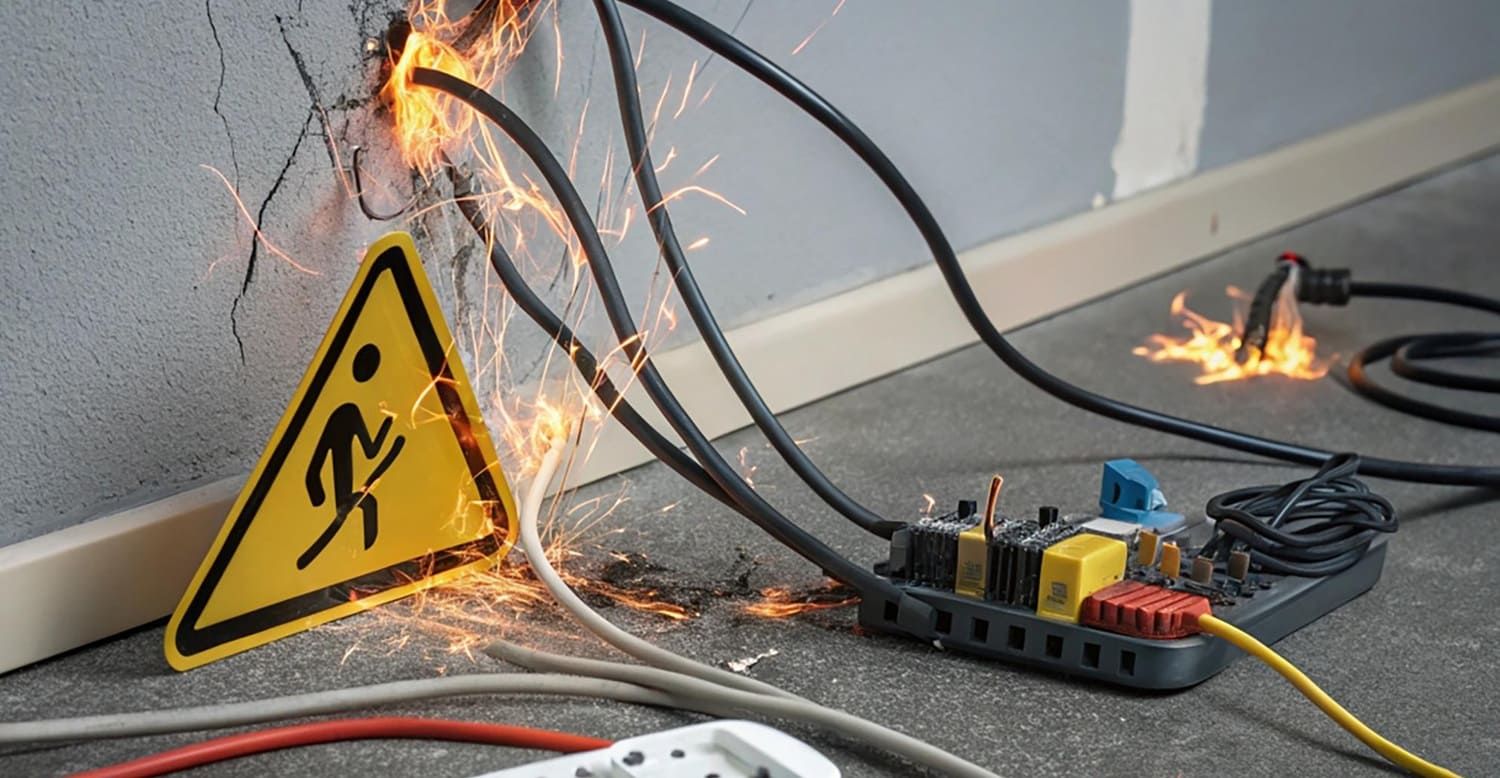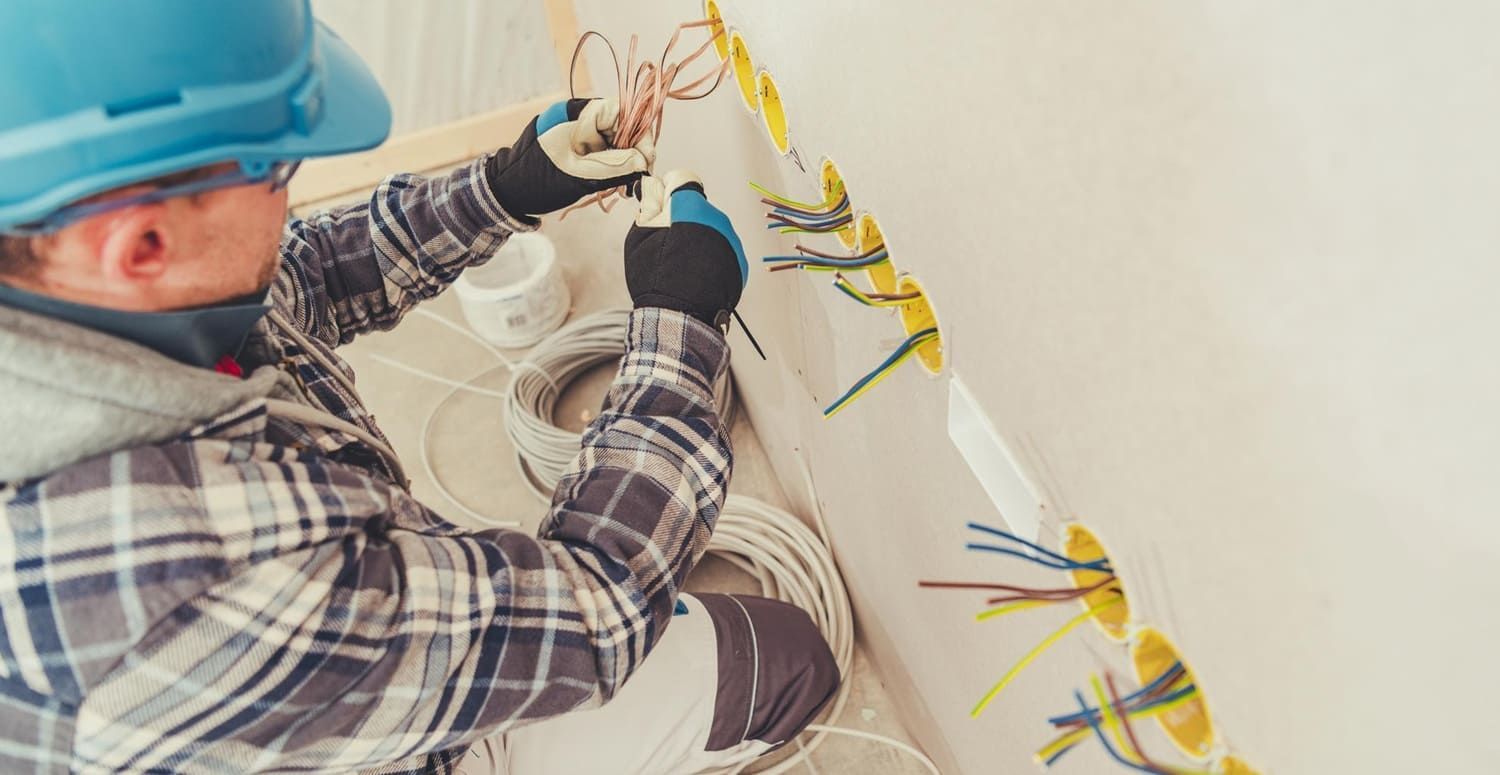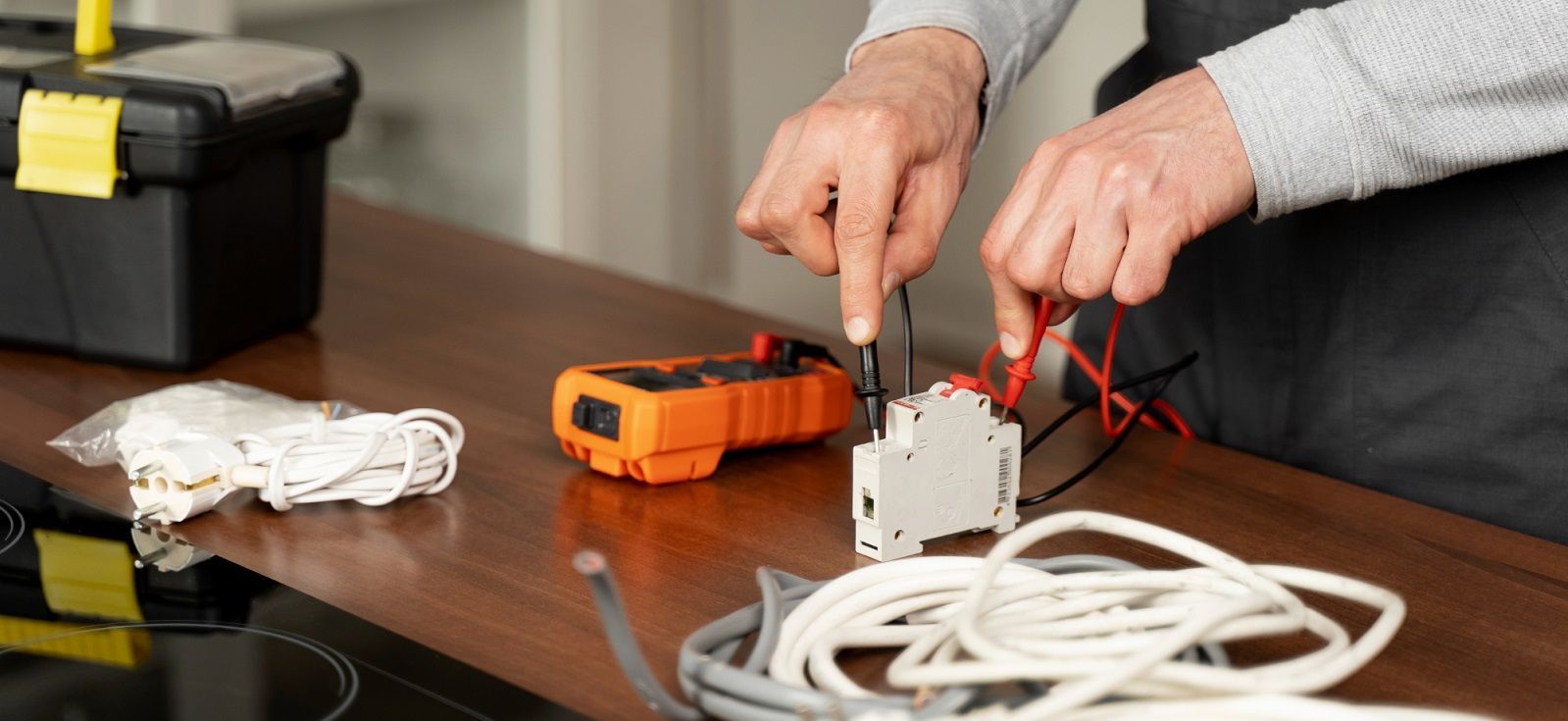The Complete Guide to Choosing Outdoor Lighting for Homeowners
Finding the right outdoor lighting for your needs requires knowing your options. Here is the complete guide to choosing outdoor lighting for homeowners.
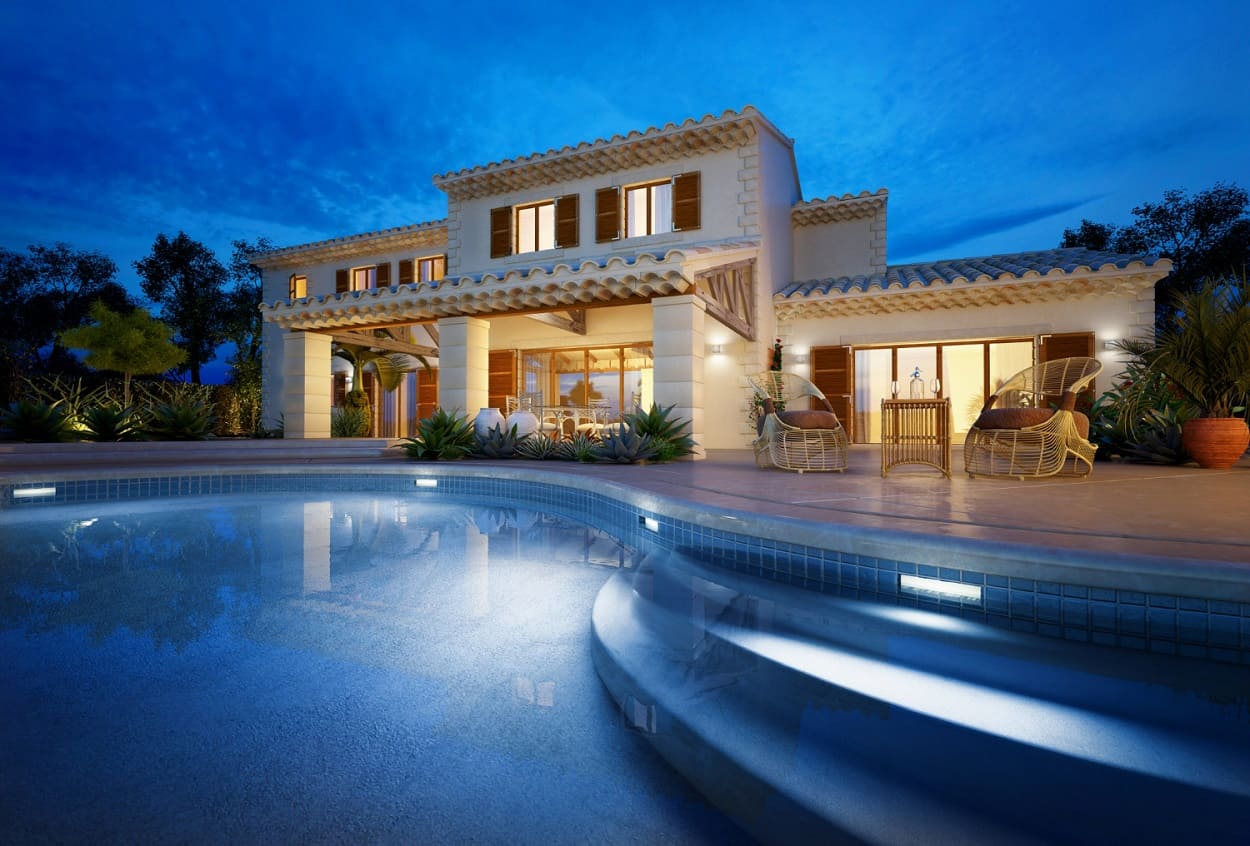
The outdoor lighting market is currently valued at $11.7 billion, as more people embrace the joys of entertaining outdoors.
For many, outdoor lighting can add a heightened sense of security, and there's no denying that landscape lighting increases your home's curb appeal.
Whatever your reasons for choosing outdoor lighting as your next home improvement project, it's important to pick the best lights for the job. Here's a detailed breakdown of how to go about it.
Planning Placement for Outdoor Lighting
Good outdoor lighting design hinges on finding a fresh look that appeals to your tastes as well as the style of your home.
If you rush out to the nearest outdoor lighting provider without a plan, you'll soon feel overwhelmed by the array of appealing designs available.
Rather, spend some time imagining the effect you want to create and how best to achieve it. Start by drawing a rough layout of your outdoor spaces and highlighting the areas you'd like to illuminate.
Measure these spaces and write the measurements down.
Pay attention to your electricity supply points, you might need to hire an electrician to help make sure you have power where you need it.
There are also some lovely solar-powered lighting options on the market. These make it easier to place your lights wherever you want.
Consider the style and size of light fixtures you'd prefer. Try drawing a rough outline of your preferred style of outdoor light on paper and cutting it out.
You can place these templates against your wall to help you avoid buying lights that look too big or small in their final placement.
As a rough guide, a porch light should be about one-third of the height of your front door. If you opt for two fixtures flanking the door, stick to about one-quarter of the door height.
Choosing Outdoor Lighting According to Its Purpose
Break your yard up into areas and categorize them by activities. For instance, you might want to light areas for entertaining, safety, and effect.
Make a note of these ideas in the plan.
Take care to include the three basic types of lighting in your design. These are:
Ambient Lighting
Ambient lighting is akin to the overhead lights in your home that add a general glow to their surroundings. These types of lights might suit outdoor entertainment areas and include wall lights, hanging lights, and post lights.
Task Lighting
Task lighting provides focused illumination that enhances safety. Path lights, security lights, and deck lights fall into this category.
Accent Lighting
Accent lighting is purely decorative. It's usually used to bring water features, trees, or sculptures into focus. Spotlights are the most common type of accent light.
Wet and Damp Rated Fixtures
Wet location lights suit areas directly exposed to the weather and low sunlight conditions, respectively. Be sure to look for these features when choosing post lights, wall lights, motion sensor lights, hanging lights, and outdoor ceiling lights.
Lighting With Purpose
Dark spots like seldom-used entrances and walkways can prove inviting to burglars. Put them off with these security light options:
Dusk to Dawn Lights
These lights have photo-sensitive sensors that ensure the lights come on when darkness falls. This comes in handy when you're on vacation, or regularly arrive home late from work.
Motion Sensor Lights
Any nearby movements trigger these lights into action. They're an excellent option for alerting you to movement in your yard and can startle intruders.
You can also install combination lights with both of the above features. These innovations help save electricity by staying off unless needed.
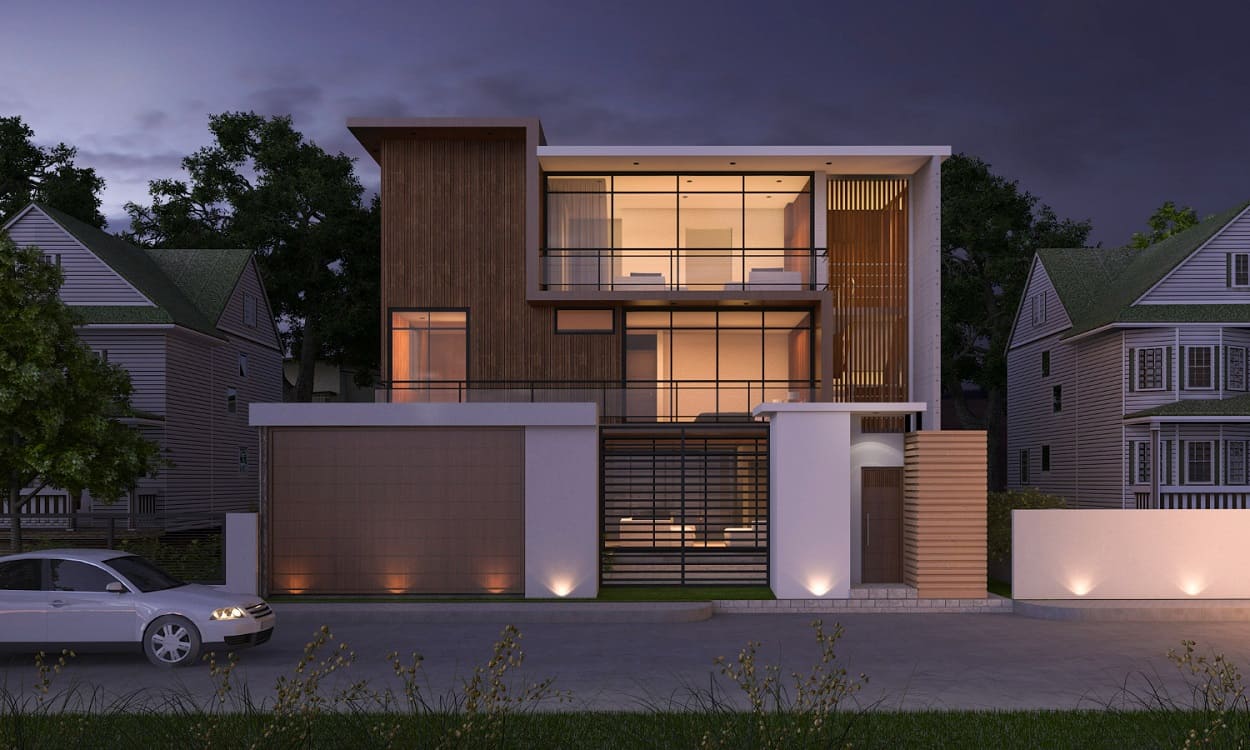
Don't Overdo It
Finally, consider what your outdoor lighting will look like from inside your home and how it may impact your lifestyle. For instance, make sure your accent floodlight isn't directed straight at your bedroom window, as this could result in sleepless nights.
Don't go overboard when installing outdoor lighting, you'll only end up with an unnecessarily high electricity bill. On that note, make sure you install LED lights as far as possible. They use 75% less electricity than incandescent lights.
Besides, too much light will make your garden look like a parking lot or a prison yard. Dark spaces help enhance the effective use of outdoor lighting.
Outdoor lighting works best with lower-wattage bulbs, as lower lumens seem brighter outdoors.
Popular Outdoor Lighting Styles
Browsing through design magazines, websites, and online lighting catalogs will help inspire your final choice of outdoor lighting styles. These are some of the best types of outdoor lights:
Wall Lights
Wall lights mount onto most vertical surfaces. They're durable and often decorative and help brighten porches, garages, entryways, and patios.
Hanging lights and Ceiling Lights
These lights are a space-saving solution when wall lights won't work. They're suited to damp conditions and work best on covered porches and patios.
Always choose a design that's proportional to the porch or patio's dimensions, and opt for ceiling-mounted lights if your patio or porch has a low ceiling.
Pier Mount and Post Lights
Light up your driveways and walkways with these post- or pillar-mounted lights. These lights help enhance safety and security and create an appealing ambiance when night falls.
Security Lights
Security lights work best when fitted to access points like garages and alleys. It's best to choose bright spotlight-type lights with motion sensors for the best effect.
Landscape Lights
You can use any combination of the above lights to create visual appeal in your yard during the evenings.
Spotlights and uplights are especially effective for lighting up stand-out features. The right combination of path and floodlights can help create attractive layers of light in your yard.
Light Up the Night
Once you've outlined a detailed plan, you should figure out your outdoor lighting budget and head off to your nearest lighting supplier.
Lighting is a relatively affordable home improvement option that delivers a lot of impact per dollar.
Do you need more help choosing outdoor lighting? reach out to Buell Electric and get in touch for assistance with all your lighting needs.
Buell Electric's Blog




